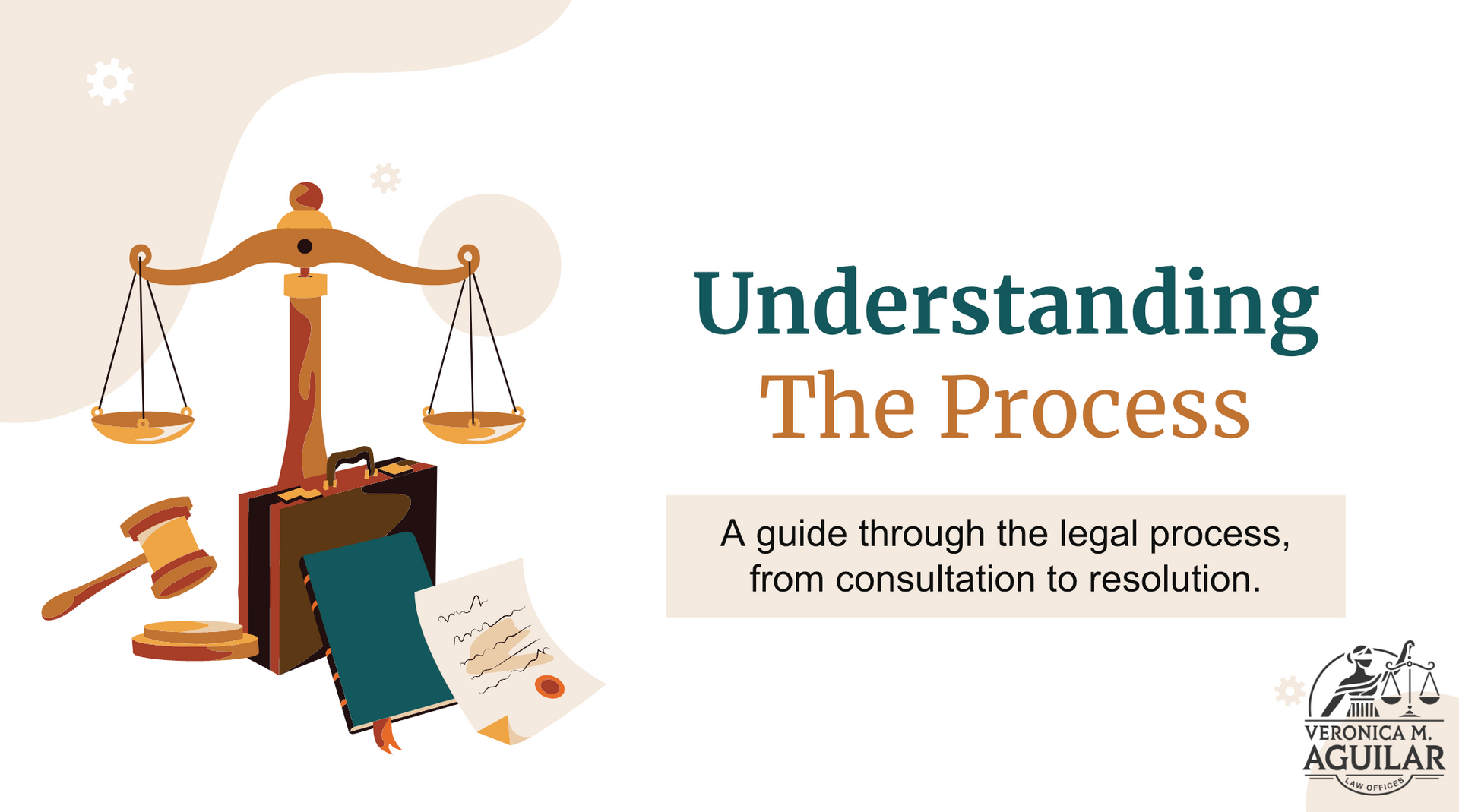Common Mistakes in Child Custody Cases: A Brief Guide
Child custody cases can be complicated and emotional. Parents often want the best for their children, but the legal process can feel confusing. Understanding common mistakes in child custody cases might help you make better decisions and avoid unnecessary stress.
Misunderstanding legal terms or requirements can lead to problems. Knowing exactly what the law expects makes it easier to navigate. Another common mistake is not focusing on what's best for the child. Courts care most about the child's welfare, so keeping this as a top priority is important.
Having the right paperwork matters, too. If you're missing important documents or evidence, it could hurt your case. Also, how you communicate with the other parent can impact the legal process. Keeping a respectful and open line of communication helps reduce conflict and improves outcomes.
By recognizing these mistakes, parents can work towards a better path in child custody cases. Being informed and prepared can make a big difference in reaching a solution that benefits everyone involved.
Misunderstanding Legal Terms and Requirements
One common pitfall many face during the divorce process is misunderstanding legal terms and requirements. Knowing how legal terms affect your case ensures that you make informed decisions and avoid costly mistakes. A lack of understanding can lead to confusion and missteps that prolong the process or negatively impact the outcome.
Familiarize yourself with key legal terms used in divorce proceedings. Distinguish between terms like "sole custody" and "joint custody," or "alimony" and "child support." Each has distinct meanings and can significantly affect your rights and responsibilities. Understand the difference between "contested" and "uncontested" divorce, as these impact the direction of legal negotiations.
Beyond terms, comprehend the legal requirements specific to your state. Each state has its own regulations regarding filing fees, required documents, and residency prerequisites. Failing to meet these requirements can delay or even derail your divorce proceedings.
Here’s how to avoid missteps:
1. Research Legal Terms: Learn the differences and implications of terms.
2. Understand State Laws: Know the rules that apply to your specific location.
3. Seek Clarification: Don’t hesitate to ask professionals for explanations.
4. Stay Informed: Regularly check for any changes in legal procedures.
By equipping yourself with the right knowledge, you can navigate the legal maze more smoothly and safeguard your interests throughout the divorce process.
Failing to Prioritize the Child's Best Interests
Failing to prioritize the child’s best interests during divorce can complicate proceedings and have lasting effects on your child's well-being. Keeping the child's needs at the forefront of discussions ensures they remain happy and stable despite the changes.
Consider the different aspects of their well-being, including emotional, educational, and physical needs. Ensure your custody and visitation plans support these areas, providing a nurturing environment. Avoid using the child as a bargaining chip or involving them in conflicts, which can lead to unnecessary stress and anxiety.
Incorporate their preferences when appropriate, especially if they are old enough to express them. Balance their routine to maintain consistency, from school schedules to extracurricular activities, to minimize disruptions.
Keep in mind these steps to prioritize their interests:
- Focus on Stability: Maintain regular routines and schedules.
- Respect Their Wishes: Consider their input when selecting custody arrangements.
- Keep Conflicts Private: Shield them from parental disputes.
- Promote Healthy Relationships: Encourage open communication with both parents.
Prioritizing the child's needs strengthens their coping mechanisms and reduces the likelihood of negative effects from the divorce. This approach not only benefits the child but also sets a positive tone for co-parenting arrangements moving forward.
Lack of Proper Documentation and Evidence
One major mistake in a divorce process is lacking proper documentation and evidence. This can cause delays, weaken your case, and result in unfavorable outcomes. Organizing a detailed collection of documents and evidence is crucial for putting forward a strong position during negotiations or in court.
Start by gathering all relevant financial documents. These include bank statements, tax returns, pay stubs, and records of debts and liabilities. Make copies of property ownership papers, like deeds or mortgage statements. These documents help establish a clear picture of your financial situation and ensure fair division of assets.
Evidence of your interactions with your spouse can also be important. Keep records of emails, text messages, and phone call logs that relate to custody, finances, or other key issues. This evidence can support claims and clarify disputes.
Here’s a list of documentation to prepare:
- Financial Records: Include income, bank accounts, and debts.
- Property Papers: Have deeds and mortgage documents ready.
- Communication Logs: Save relevant messages and call records.
Staying organized with documentation not only aids your legal team but also empowers you to participate actively in your case. The more thorough your records, the smoother the process will be.
Ineffective Communication with the Other Parent
Ineffective communication with the other parent can complicate the divorce process and lead to ongoing tension. Poor communication can result in misunderstandings, increase conflict, and negatively affect your children’s sense of stability. Establishing clear, respectful, and cooperative communication strategies is essential for a successful co-parenting relationship.
Begin by setting boundaries for discussions. Choose neutral settings and limits on topics during conversations, focusing only on the children and co-parenting issues. This helps reduce conflicts and keeps conversations productive.
Utilize preferred communication tools that work best for both parties. Whether it’s email, text, or a parenting app, select a method that ensures both can communicate clearly and stay informed. Agreeing on these tools prevents missed messages and fosters prompt responses.
Strategies for effective communication include:
1. Set Boundaries: Agree on discussion topics and limits.
2. Choose Tools: Use effective communication methods.
3. Stay Respectful: Keep conversations civil and on track.
4. Be Clear and Concise: Communicate information directly.
Effective communication not only facilitates better co-parenting but also sets a positive example for your children. By working together respectfully, you can create a cooperative environment that benefits everyone involved.
Conclusion
Divorce is a complex journey with potential pitfalls if not handled thoughtfully. Avoiding common mistakes, such as misunderstanding legal terms, overlooking the child's best interests, lacking proper documentation, or failing communication, helps smooth the path forward. Addressing these critical areas ensures a more cooperative process and a better outcome for your family.
IIf you need assistance navigating
child custody cases, the Veronica M. Aguilar Law Offices team will guide you. Whether you need help understanding legal requirements, organizing documentation, or fostering positive co-parenting communication, our experienced professionals are here to support you. Reach out today to ensure your legal rights and your family's well-being are prioritized as you move through this transition.












